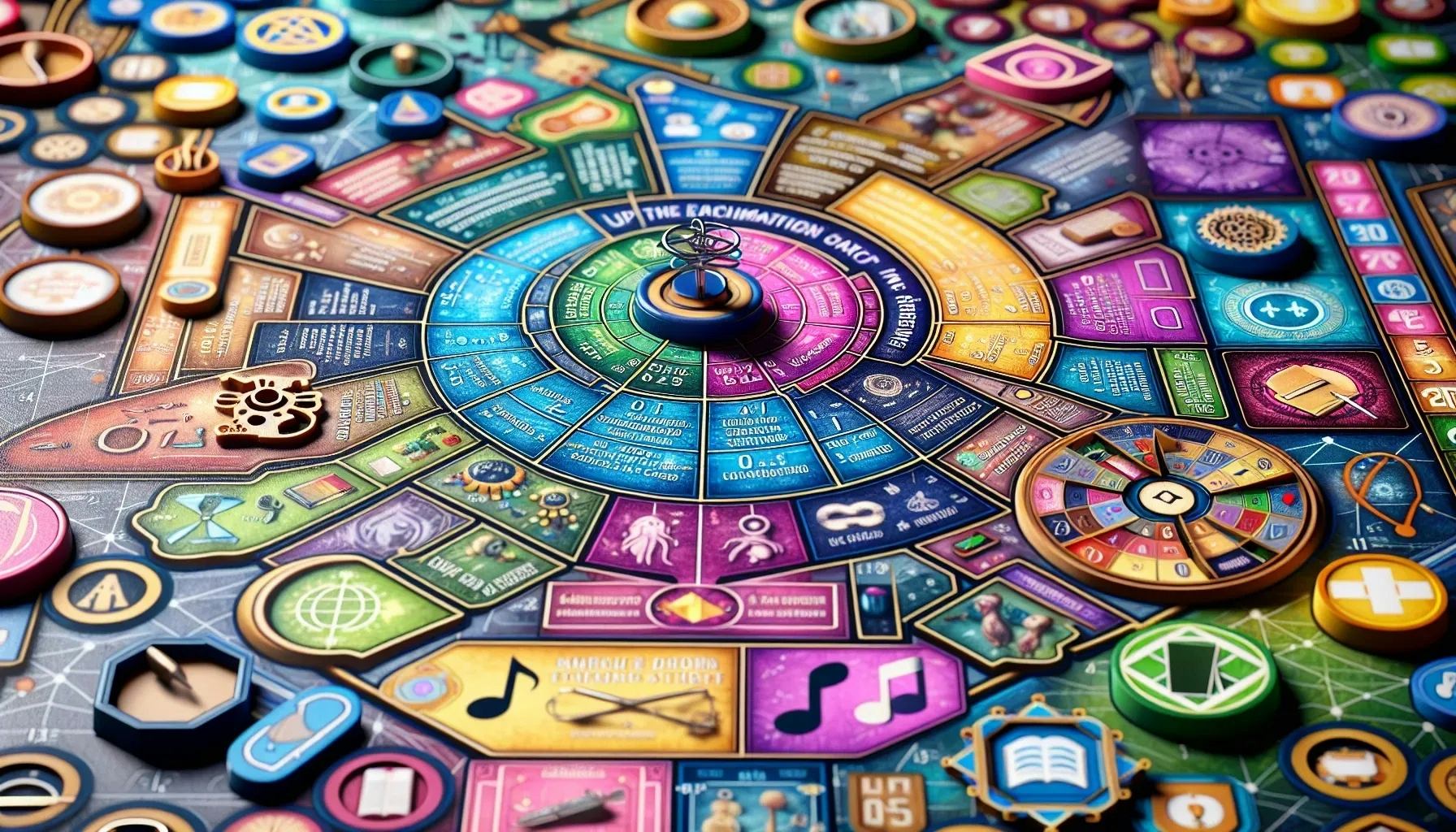What is the Impact of Gamification On Learner Motivation in Educational Programs?
Exploring the dynamic fusion of gamification within educational programs, we've gathered insights starting with a Career Coach and Learning Designer, who emphasizes the surge in engagement. Alongside expert perspectives, we've included additional answers that delve into the myriad ways gamification can reinvigorate learning—from transforming educational engagement to enhancing focus through immersive scenarios. These insights collectively reveal the powerful impact gamification has on learner motivation and experience.
- Boosting Engagement with Gamification
- ARS Integration Increases Learner Excitement
- Interactive Quizzes Enhance Learning Fun
- Rewards Transform Educational Engagement
- Competition Piques Learner Interest
- Playful Learning Aids Memory Retention
- Leveling Up Motivates Learners
- Immersive Scenarios Enhance Focus
Boosting Engagement with Gamification
As a Learning Designer, I have incorporated gamification in various work-readiness programs to upskill and empower marginalized youth to achieve upward economic mobility in India. I've always observed a lack of motivation and resilience to be a constant challenge with underserved communities, which has often led to dropouts. I began my experiment with gamification during the pandemic with the objective of making virtual learning fun, comprehensible, and engaging, thereby retaining learners. I incorporated it with the help of freely available online tools and websites; to name a few - Bamboozle, Quizizz, and Jeopardy Labs. Introducing gamification certainly encouraged collaborative learning, built team spirit, and made learning more hands-on, thus significantly boosting learner motivation and engagement by 56% and reducing dropouts by 31%.

ARS Integration Increases Learner Excitement
In my position, we've integrated elements of gamification into various educational programs and materials. Particularly notable are the gamified features within certain Audience Response Systems (ARS), like Kahoot!, Poll Everywhere, and Socrative. These competitive elements encourage learners to strive for success. Features such as leaderboards, timed challenges, and point systems offer motivational incentives that traditional methods, like simple multiple-choice question drills, lack. Personally, I've observed students enthusiastically celebrating their achievements through these ARS platforms. From high-fives to the celebratory 'Woo-hoo!' or the occasional 'I should have known that,' students are engaged in their learning. By combining content practice with opportunities for review and addressing learner misconceptions, integrating gamification elements into learning can significantly boost learner motivation and engagement.

Interactive Quizzes Enhance Learning Fun
Interactive quizzes with points or badges for correct answers can make learning more fun and rewarding. Also, simulations and role-playing activities immerse students in real-world scenarios, making learning practical and engaging.
In terms of motivation, gamification can have a big impact. It sparks students' interest and keeps them engaged by adding elements of competition and achievement. Plus, the immediate feedback and sense of progress boost their confidence and drive to succeed.
Overall, gamification makes learning feel more like a game, which keeps students motivated and eager to learn. It's a win-win for everyone involved!

Rewards Transform Educational Engagement
Gamification infuses education with interactive elements, where learners earn rewards for completing tasks, much like in a game. This approach transforms the learning process, making it more engaging than traditional methods. As learners interact with the content, their commitment to the educational program rises, due to the presence of tangible incentives.
This method leverages the human propensity for reward-seeking, encouraging continuous engagement. It's essential to examine how this strategy might enhance your own learning or teaching methodology.
Competition Piques Learner Interest
When educational programs incorporate gamification, they introduce a level of competition that piques learners' interest. By framing challenges as games, learners naturally become more curious about the subject matter they are engaging with. This can be especially effective for individuals who might otherwise find the material dull or uninteresting.
The competitive aspect motivates them to progress further and deepen their engagement with the content, potentially leading to improved educational outcomes. If you are seeking ways to spice up the learning experience, consider implementing competitive, game-like elements.
Playful Learning Aids Memory Retention
Integrating gamification into learning creates playful, stimulating experiences that aid in memory retention. Such playful methods mimic the absorbing nature of games, making the retention of information feel less like a chore. These enjoyable experiences often seem to make time pass quickly and can increase the likelihood of learners remembering the material.
As students encounter educational content through game-inspired scenarios, the learning process feels more like play and less like work. Reflect on how incorporating elements of play can make learning more memorable in your educational context.
Leveling Up Motivates Learners
Educational programs that use gamification allow learners to experience a sense of advancement and achievement. These systems often mimic video games, where players level up by mastering certain skills or knowledge areas. As learners progress through the levels, they can track their growth and feel a sense of accomplishment.
This not only promotes motivation to continue advancing through the educational content but also builds confidence in their mastery of the material. Look into creating or participating in leveled learning progressions to witness the potential benefits firsthand.
Immersive Scenarios Enhance Focus
Gamification enhances focus by immersing learners in scenario-based activities that require their full attention. This form of engagement mirrors the immersive nature of video games, wherein players become part of the story unfolding. By shifting the educational experience to mimic these scenarios, learners are drawn deeply into the subject matter.
The immersive aspect reduces distractions and helps learners to channel their concentration effectively. Explore immersive, scenario-based gamification to observe the potential improvements in focus and attentiveness.

